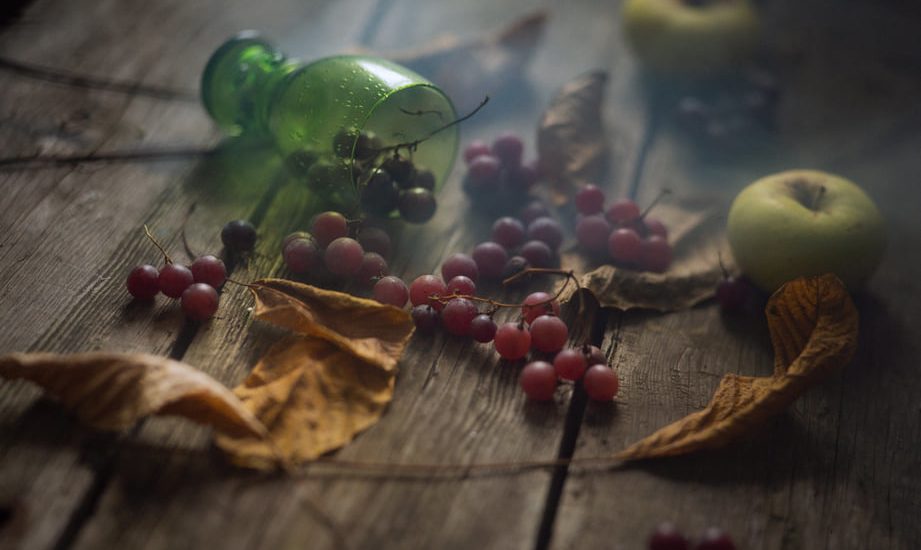With the rise in photographers choosing film over digital, large format film cameras are becoming more sought after. But can this look be recreated with a digital camera? Here’s how one photographer did it.
Large format film cameras have been around for years, dating back to the 1800s. While they’re considered to have old technology, I would argue the images they capture hold up to modern digital cameras. Large format film is known and admired for its insane detail. When 8×10 film is scanned, it is possible to achieve flawless resolution at over 700-Megapixels. Of course, this is providing you have a lens capable of seeing that much detail. Additionally, large format film has spectacular dynamic range and extremely shallow depth of field, allowing for some interesting effects.
One of the drawbacks of shooting on such a format is the costs involved. Yes, you can pick up a used large format camera for considerably cheaper than a modern digital camera, however, you are left with many expenses every time you shoot. With the need of film stocks, developing, and scanning, the costs add up. In the digital world, the closest things available are medium format cameras, like the Hasselblad H6X. Unfortunately, not only does this model come with a hefty price tag, it just isn’t a close enough comparison to large format.
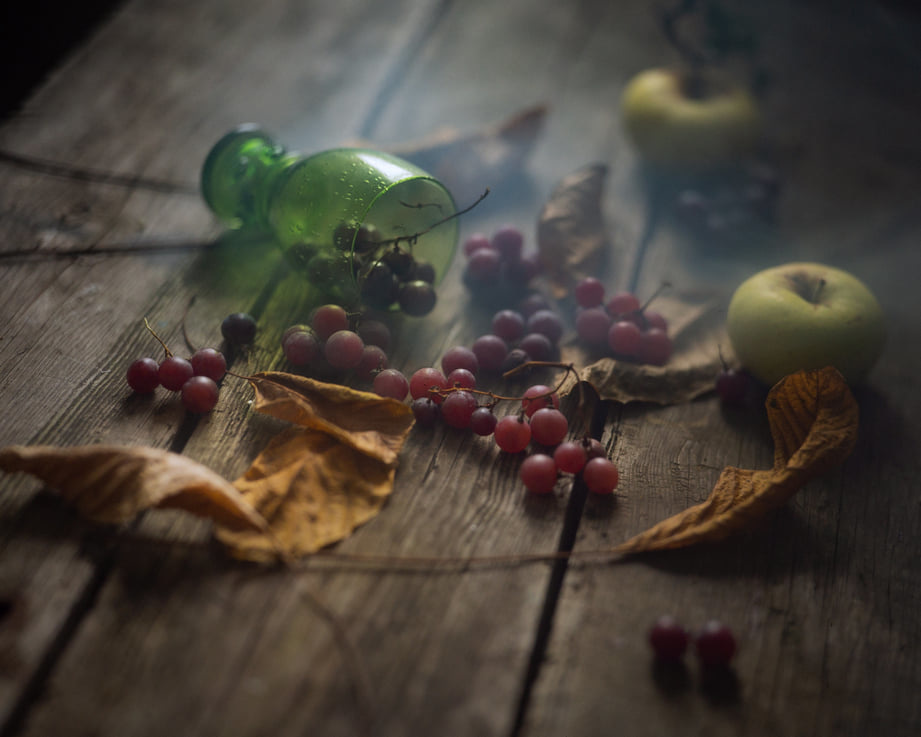
I spoke with Alexey Shportun, a photographer from the Ukraine, who figured out how to digitally recreate the large format look. And no, it isn’t a Photoshop plugin. Alexey took it on himself to build his own make-shift camera rig from scratch. However, it’s not as you would expect.
The Setup
Alexey explained his idea was to create a basic large format camera, but replace the film plane with a white matte screen. So, instead of exposing light onto a piece of 8×10 film, the light would travel through the lens and be projected onto the white screen, creating a visible image. Alexey was then able to photograph that projection through a small hole at the front, where he mounted a digital camera.
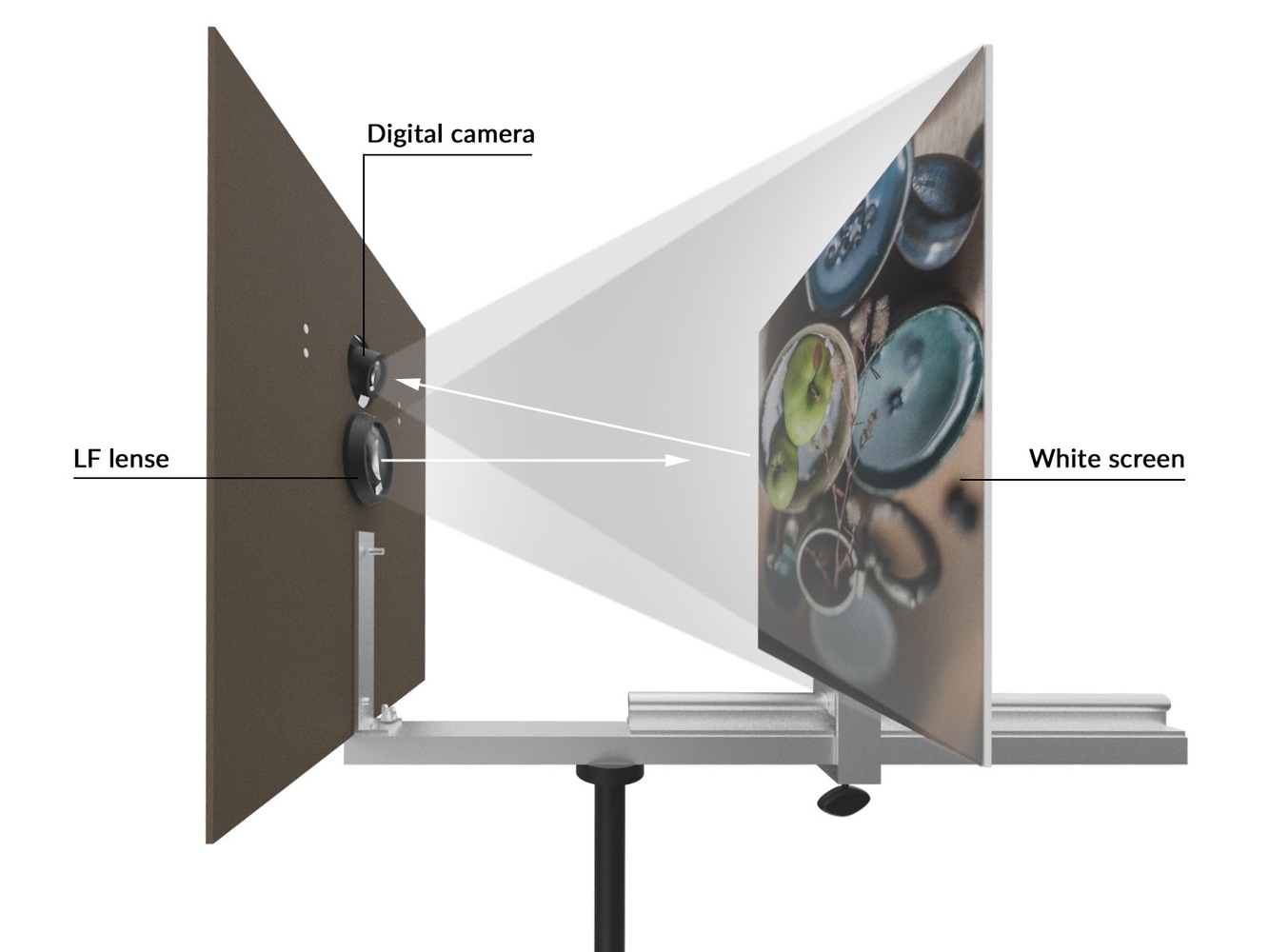
Of course, this whole rig has to be covered in a black sheet to protect the projection from external light. Otherwise, you would get washed-out images. Alexey noted that the image field of the lens was 40cm when focused to infinity, and the distance between the rear of the lens and the white screen was 30cm. Additionally, as you can see in the illustration above, the digital camera has to be facing in the opposite direction of the scene.
This method essentially allows you to shoot digitally using a large format lens, but also have the same field of view with no cropping. Photographing this large area gives you an insanely shallow depth of field, along with interesting characteristics. The images Alexey has produced with this setup look stunning and I love the emotion some of them have. You are, sadly, limited when it comes to color and dynamic range. Ultimately, these elements come down to your digital sensor and how well it can replicate the colors and tones it sees.
While building the rig, Alexey decided to add a tilting function to the white screen, allowing it to lean back or forward. This made for a tilt-shift effect, making the focus shift in interesting ways. Normally, this is something only possible with specific lenses designed for tilt-shifts.
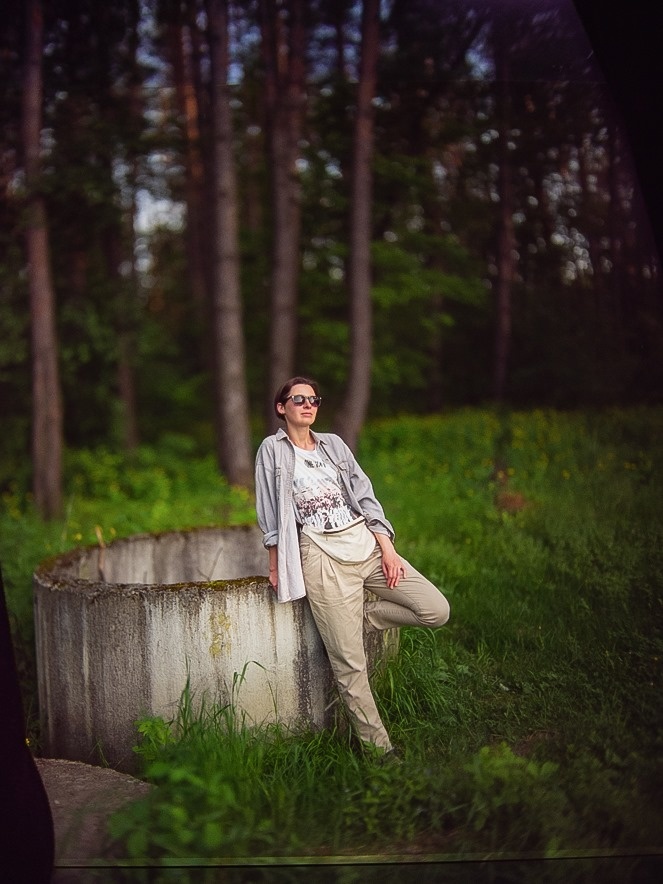
The Experiment
Alexey started experimenting in large format film photography back in 2009, where he built his own camera out of plastic with a cheap modified lens. He told me how he used expired negative black and white photo paper instead of actual film. This made for a cheaper, but experimental alternative. Several years later, he came up with the idea of using ground glass and white screens to photograph. Through some trial and error, he captured some unique images.
I liked the idea, but I spent a long time trying to combat graininess and vignetting. I experimented with various frosted films, Fresnel lenses, even made vibrating grounded glass. In the end, I achieved the result that satisfied me, photographing a 20x30cm polymer film with a Fresnel lens.
Alexey said that the materials were largely bought from a local construction store. Some even found it in his garbage. However, due to the DIY nature of the build, he explained how this has lead to a significant impact on the camera’s appearance and usability.
The Challenges
Alexey explained how he found it rather tricky to build the rig, due to his lack of experience with using handyman tools. Building a camera from scratch is certainly no easy feat. Additionally, Alexey struggled to buy all the necessary materials within budget. As he was doing this experiment as a hobby, he did not want to dig too deep into the family budget.
The main challenge when it comes to shooting is the complicated multi-step process needed to frame a shot. Alexey told me he had to first focus on the white screen with the digital camera. Then, to frame the image using the rig, making frequent adjustments to both cameras and lenses. It’s certainly a slow process, and not a method designed for quick snaps. In terms of design, the rig itself is very cumbersome and not exactly the most travel-friendly.
At the moment, my task is to make such a design of the camera so that any person can create it for himself.
Lastly, Alexey detailed his discomfort for shooting an image whilst facing away from the scene. He said it was an unusual idea to not be standing behind the camera. I can imagine how it would go against a professional photographers natural urges to do so.
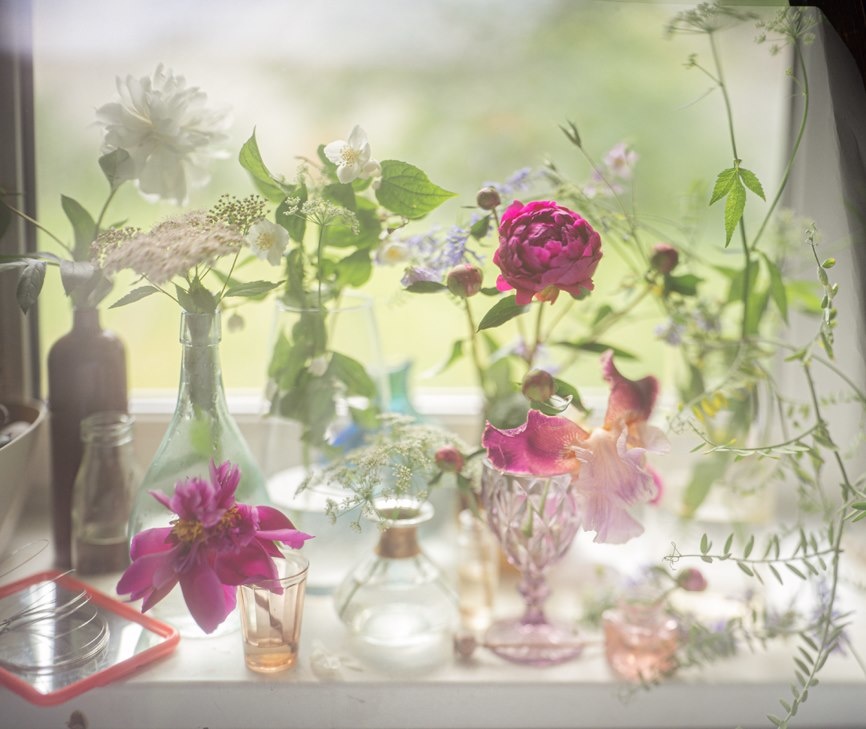
What’s Next?
A lot of people are attracted to the look of large format film, but many are put off by the expensive nature. Not to mention the photochemistry involved to develop the image, which is bad for the environment. Maybe this unique cross-breeding technique could be a stepping stone into making a digital large format a thing.
Perhaps one day we will be able to see the classic large format camera with a touchscreen instead of frosted glass. And at an affordable price.
You can follow Alexey Shportun’s work on his Instagram page.
Images used with permission by Alexey Shportun
